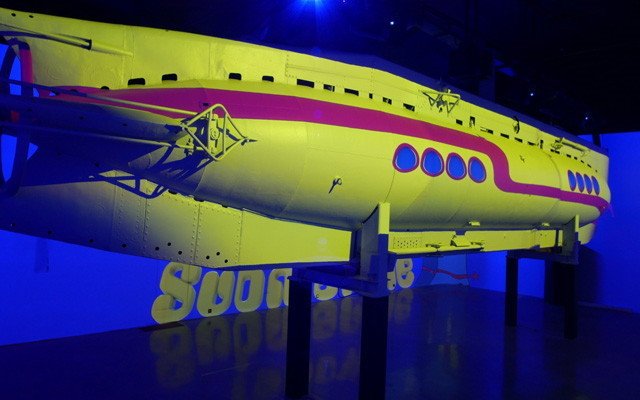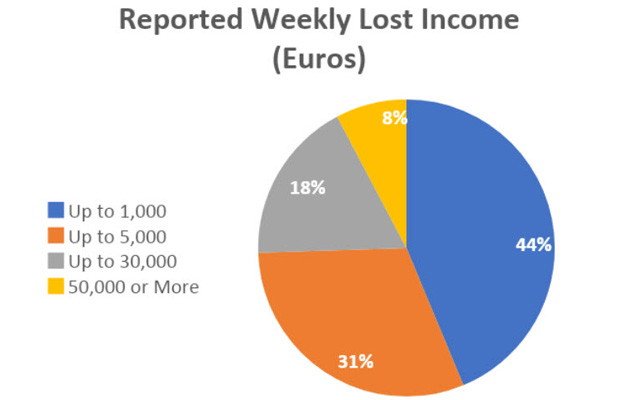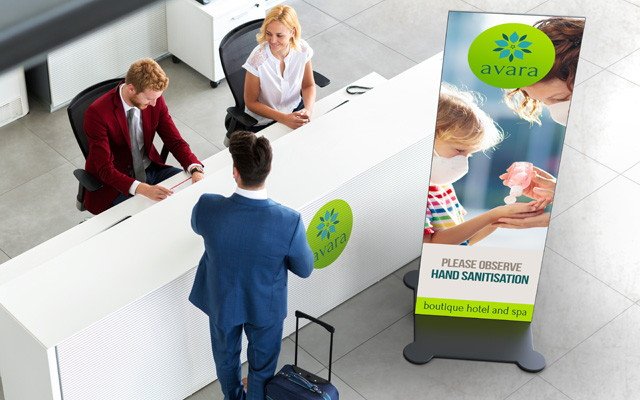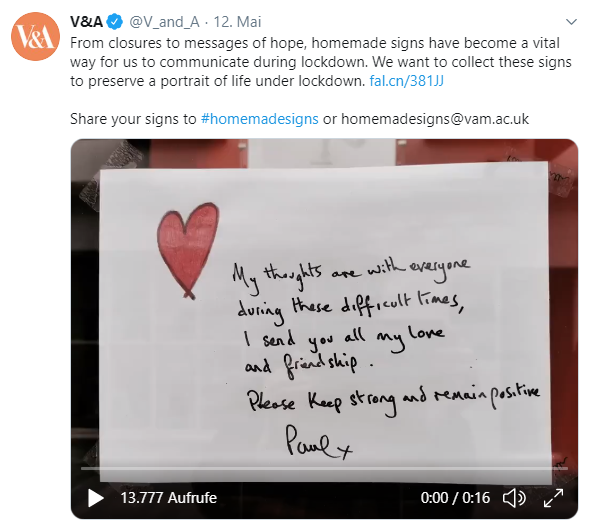A process of evolution: adapting the leisure experience
NEC’s Jonathan Cooper is passionate about art and all things museum related. When visiting museums is part of your job, what could be more satisfying?! In witnessing operations from both sides of the coin, Jonathan understands that the ability to quickly adapt to changing situations is essential for success in the leisure industry.
Jonathan Cooper, Sales Consultant, EMEA – Leisure & Museums
NEC Display Solutions Europe GmbH

From museums, art galleries, theatres and opera houses; hotels, pubs, clubs and restaurants; to amusement parks, zoos, health spas and sports stadia - the Museum and Leisure industry encompasses a broad spectrum of entities. A highly competitive environment, each vying for their audience’s limited, precious free time - delivering an experience which outstrips expectation is fundamental.
In delivering an outstanding experience, these entities are negotiating a treacherous landscape of changing economic conditions, government regulations and socio-demographic trends. The ability to flex and adjust to this changing landscape is crucial to survival.
Small changes such as implementing a ‘no-smoking’ policy in accordance with new regulations resulted in almost overnight adjustments. The 2008/9 financial crash was more significant with a year or two lag before business returned to previous levels of activity.
Sustained austerity measures have had a significant impact on organisations which rely heavily on public funds. In the face of what is perhaps the industry’s biggest threat to date, adapting to change has never been so necessary!

Scottish Submarine Centre: Immersive experiences through projection mapping
In a report from the Network of European Museum Organisations (Nemo) calling for on-going government support for museums, Nemo states that “our systems require review and restructuring in order to weather future storms”.
Reference to Darwin’s theory of Natural Selection is highly relevant here. It’s the process by which organisms better suited for adaptation to their environment survive, whilst those poorly suited to their environment do not.
It is the primary process of evolution. With a mindful and determined approach, survival is a goal worth pursuing.

Source: NEMO COVID-19 Report
Adaptation
The key word is adaptation. This requires taking risks, being brave (but not reckless) and careful evaluation of the options.
‘Social distancing’ is a term that, until now, could never be associated with the leisure industry. Enjoying ones’ free time is almost synonymous with enjoying it in the company of others. But social distancing is a key defence against the spread of Covid-19 and the sooner organisations can adapt to accommodate its huge implications, the sooner they can provide a much-missed leisure experience to their customers. People are yearning to get back to their hobbies and pastimes, be it supporting their team, enjoying a meal in a restaurant or visiting an art gallery. Once they are reassured that the necessary safeguards are in place, they will return to enjoy what is so close to their hearts.
Through adaptation, changes will result in how venues welcome visitors and how they direct them on their onward journey around the setting – squeezing through crowds of people is likely to be a thing of the past.
Those managing catering facilities, rest rooms, security and ticket/booking areas will need to continually instruct and remind visitors how to navigate through these spaces - familiar places will now have new rules which must be adhered to.The most efficient way to communicate the new rules of engagement is via digital signage.
Digital content can be updated instantly, instructing or directing visitors, using dynamic infotainment to manage expectations and distract queueing visitors with entertaining content.

From large outdoor and indoor digital surfaces, large format displays and projection, to mobile digital posters – the vast array of solutions available provide versatile options for message delivery.
As reported by the Museum Association, Nemo’s report also says that sector stakeholders should acknowledge the growing importance of digital cultural heritage by investing in digital services and infrastructures.
It calls for “harmonised metrics to measure online visits” and “fun, engaging and creative” digital content that can compete with other online offerings.

Creative thinking
Evolving through ‘natural selection’ does require creative thinking as organisations carefully balance the reduced number of visitors to whom they can offer a safe and valuable experience against the critical level of income they derive.
Many organisations have already demonstrated adaptation in delivering experiences and maintaining a presence whilst their halls are closed to visitors. For example, The Hastings Contemporary gallery is using an ‘ipad on wheels’ to provide virtual tours and close-up art experiences.
The National Gallery is expanding its educational out-reach by publishing videos investigating an artist’s technique and inviting students to have a go at home. It is important to be mindful that the digital experience, linked to a cultural organization, should not compromise brand integrity.
National Gallery: Make and create: a collage inspired by Rousseau's 'Surprised!'
Other examples include the V&A museum which launched an open-call for homemade signs and rainbow drawings created during the coronavirus lockdown.
Some of these will enter the V&A's permanent collection, offering a portrait of life under lockdown.
The Dungeons joined forces with themed scent company AromaPrime to launch a range of smells helping to recreate the dungeon experience, bringing it into people’s homes for fun, escapism and to aid learning during COVID-19.
The Calgary Zoo has made critical changes to ensure the safety of their animals by temporarily relocating giant pandas Er Shun and Da Mao back home to China.
The attraction was struggling to transport fresh bamboo to feed the giant pandas as a result of the pandemic.
Members of public can submit handmade signs to V&A
Safety is paramount
Ensuring that visitors to a venue believe that their safety and security is held paramount will be fundamental to increasing visitor numbers. Building and maintaining visitor confidence will, in part, be supported through effective communication of the new rules and procedures which have been instigated according to the latest government guidelines.
These rules will be continually tweaked and adjusted to ensure best practice as organisations become more adept at managing the through-put of people.
AV has a critical role to play here. Unlike printed signs, digital signage can be instantly updated meaning time and cost savings, whilst mobile units can be moved according to need.
I, together with my colleagues at NEC Display Solutions, welcome the opportunity to discuss any digital signage needs, for indoor and outdoor, for near and far viewing distances and wipeable interactive devices, to help the museum and leisure sector get back to what they do best – helping the public to enjoy a more fulfilled life!
NEC has a breadth of experience serving many organisations across the leisure sector, read our case studies:

